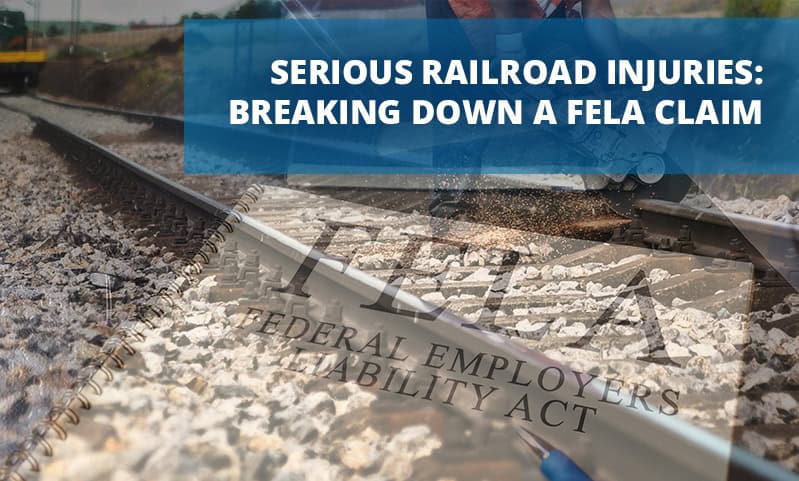The Federal Employees Liability Act (FELA) is akin to workers’ compensation, with a twist, for railroad workers. The average locomotive, tank car, boxcar, or other railroad car is more than forty years old. Furthermore, these railroad cars undergo considerable wear and tear. Many fixed railroad facilities, such as roundhouses and train yards, are even older. They were built in the days when hazardous substances, like asbestos and lead, were standard components in most buildings. Recent events, like the Ohio train derailment, underscore the nature of the dangers these employees face on an everyday basis.
Railroad companies have always opposed FELA. When Congress passed this law, the railroad industry immediately took the matter all the way to the Supreme Court, where it lost. Over the next forty-four years, lawmakers filed twenty-six bills to overturn or limit FELA. All these measures failed.
The Napoli Shkolnik team regularly advocates for victim-friendly laws at the local, state, and federal level. For example, our team worked very hard to extend 9/11 compensation to future victims. We work as hard in the courthouse as we do at the statehouse. We diligently advocate for victims and don’t settle for anything less than the best possible results under the circumstances.
Kinds of Railroad Injuries
There are two main types of personal injuries: occupational diseases and trauma injuries.
Occupational Diseases
Ballast causes occupational diseases, or long-term health conditions related to work activities. The pebbles that surround most railroad tracks release high quantities of silica dust when disturbed.
Over time, this dust causes silicosis, an interstitial lung disease. Complications from silicosis can include tuberculosis, lung cancer, chronic bronchitis, autoimmune disorders, and kidney disease. This disease is incurable, but manageable.
Usually, silicosis is just a precursor to pulmonary fibrosis, a much more serious disease. Silica dust causes inflammation which blocks some airways in the lungs. In some silicosis cases, this scarring is so severe that it causes Progressive Massive Fibrosis (PMF). For these patients, extreme scarring and stiffening of the lung can make it difficult to breathe.
Furthermore, silicosis also increases the risk of other health problems, including tuberculosis, lung cancer and chronic bronchitis.
Other railroad occupational disease hazards include lead and asbestos, which were mentioned above. Lead, a hazardous metal, causes reproductive problems and other health issues. Asbestos, once a common insulation ingredient, causes mesothelioma and other serious diseases.
Trauma Injuries
Ballast is also an inherent fall hazard. In addition, vibrating railroad cars present serious fall hazards.
Collisions and derailments cause many trauma injuries as well. These injuries include broken bones, head injuries, and internal bleeding.
The average injury-related medical bill in a catastrophic (life-threatening) trauma injury case is more than $100,000.
Nuts and Bolts of a FELA Claim
Legally, a FELA claim is basically a hybrid of a no-fault workers’ compensation claim and a negligence-based civil claim. To obtain compensation, a FELA injury lawyer must prove:
- Work-Related: FELA applies to illnesses or injuries that were substantially work-related. For example, cigarette smoking might contribute to a lung injury like PMF or mesothelioma, but work-related toxic exposure substantially causes these conditions.
- Scintilla: This word means a little bit of evidence. FELA victims must prove that the railroad company’s negligence was a contributing cause of the illness or injury. For example, if Tom slips and falls on wet ballast that the company hadn’t properly maintained, that negligence contributed to the fall.
Compensation in a FELA claim usually includes money for economic losses, such as medical bills, and noneconomic losses, such as pain and suffering.
Resolving a FELA Claim
FELA claims, like many injury claims, settle out of court. Railroad companies can usually keep verdicts tied up in appeals courts for many years.
Injured railroad workers have legal options. For a free consultation with an experienced FELA attorney, contact Napoli Shkolnik. We have offices throughout the country, ready to help you.
